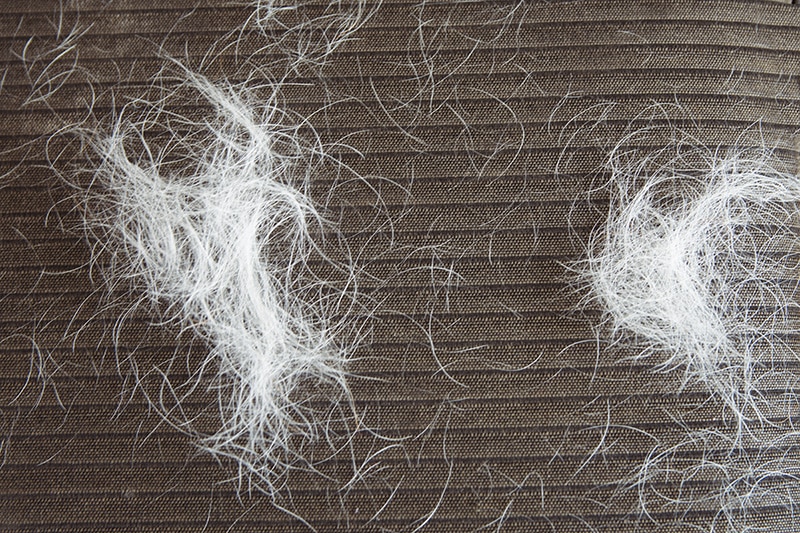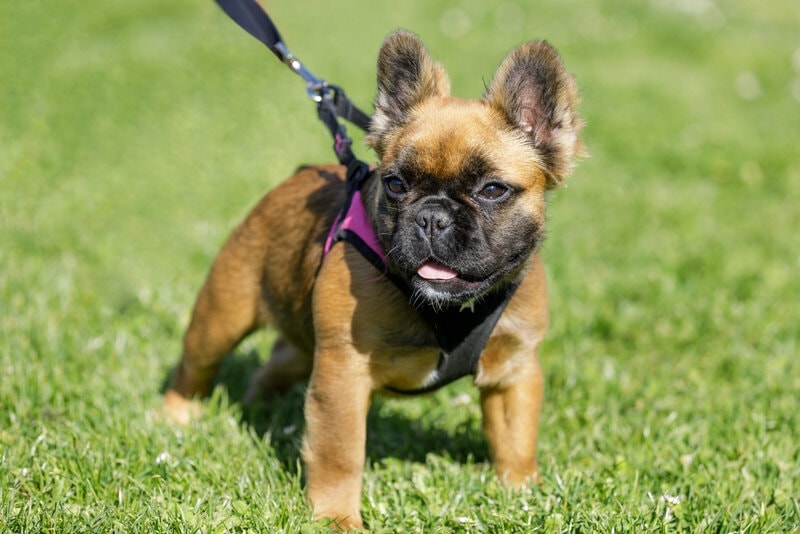Do Shetland Sheepdogs (Shelties) Shed? Coat type & Maintenance Tips
Updated on
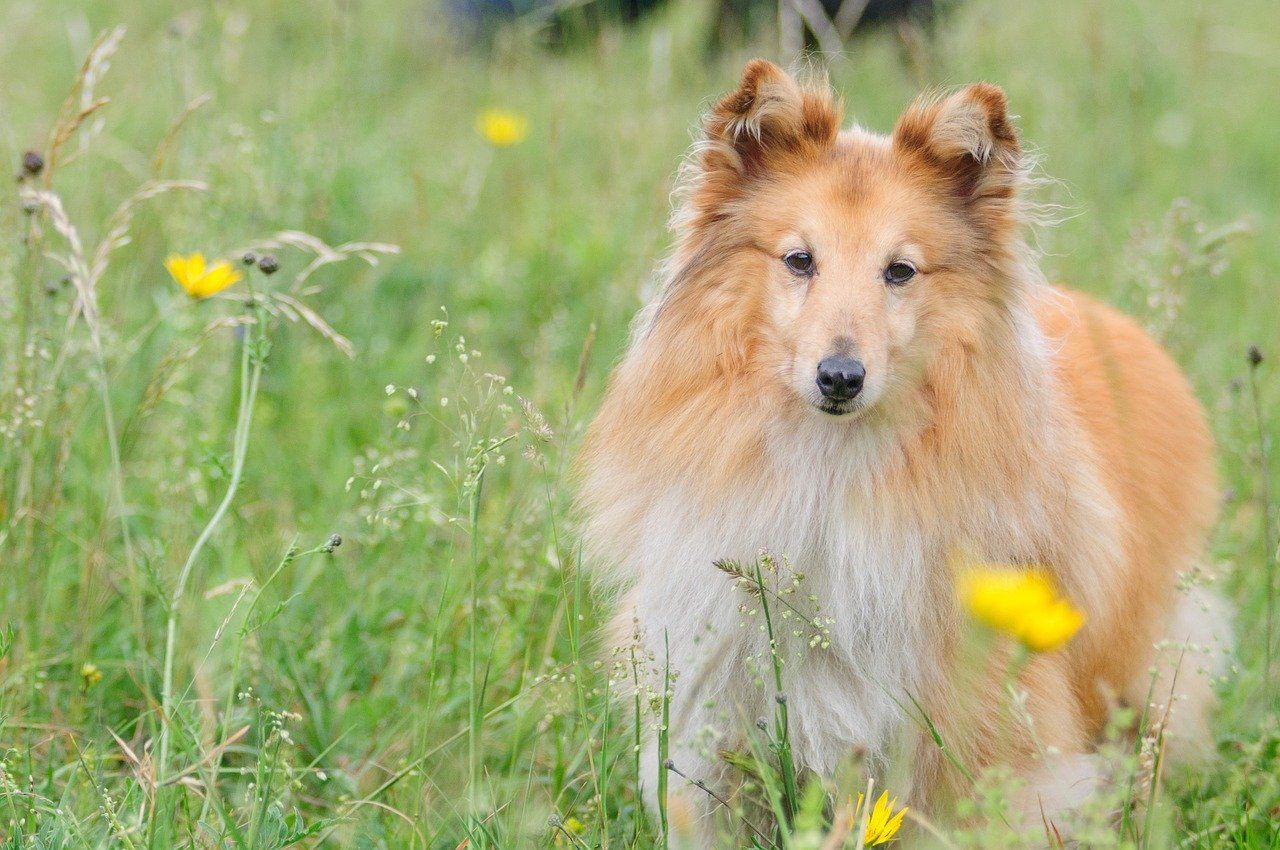
Shetland Sheepdogs are energetic dogs that enjoy spending time with their human companions and regularly getting outside for adventures. We don’t know much about this breed’s origins, but it is believed that they are descendants of both the King Charles Spaniel and the Scottish Collie1. These dogs are great livestock herders that can come in a variety of coat colors, including blue merle, sable, and tricolor.
This breed sports a thick double coat that happens to shed excessively throughout the year. These fluffy dogs are fun to cuddle, but grooming must be a priority unless you want to constantly battle the buildup of dog hair throughout your house. Here’s everything that you need to know about the shedding of Shetland Sheepdogs and how to keep it under control.
The Shedding Schedule of Shetland Sheepdogs
Shedding is necessary for Shetland Sheepdogs because these dogs have long, thick coats, and shedding helps reduce the chance of mats and tangles developing. It also helps Shelties regulate their body temperature. While this breed tends to shed all year, the intensity may increase during the spring and fall seasons.
That said, there is no specific schedule to rely on when managing your Sheltie’s shedding. Some dogs shed more than others, while others seem to hardly shed at all. Some shed mostly during the spring and fall seasons, while others shed about the same amount all year. Regular grooming is the most effective way to keep shedding under control as time goes on.
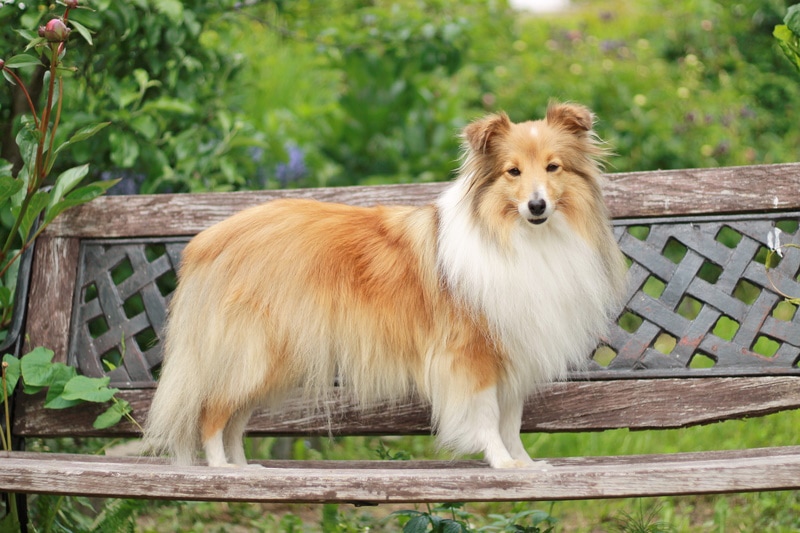
Grooming Your Sheltie to Minimize Shedding Throughout the Year
Simply brushing your Sheltie a couple of times per week—more often during heavy shedding periods—should help keep shedding down so hair doesn’t end up overtaking your house. Tangles and mats tend to develop mostly behind the ears, inside the elbows of each leg, and right underneath the tail, so special care in these areas during brushing sessions is a good idea.
If severely tangled or matted hair is discovered, the affected patch can be carefully cut off with scissors. However, the American Kennel Club warns against shaving the coat completely because it protects Shetland Sheepdogs from sun and heat exposure during the warm months and ensures proper insulation during the cold months2. Occasional bathing with a dog-safe shampoo can help get rid of deeply embedded loose hairs missed during brushing sessions.
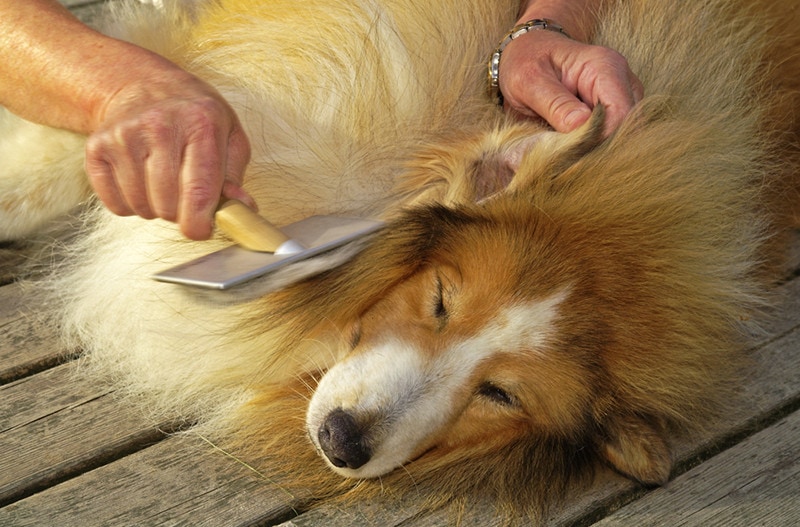
Are Shetland Sheepdogs Hypoallergenic?
Any dog that sheds releases allergens that can negatively impact anyone around them who suffers from dog allergies. The Shetland Sheepdog is not considered hypoallergenic. In fact, there is technically no such thing as a hypoallergenic dog. There is such a thing as a low-shedding dog, though, which may be suitable for those who suffer from light allergy problems. Low-shedding dogs that might be ideal for people with allergies include:
It’s always a good idea to spend time with any dog breed that you are considering adopting as a household pet to see if you have any allergic reactions and if so, whether you can manage those reactions as time goes on.
Although no pet is completely hypoallergenic, regular bathing can help reduce the amount of dander and other allergens in their fur and the air. We highly recommend Hepper's Oatmeal Pet Shampoo for this job!
- Only Natural Pet Shampoo - Our vegan, plant-based formulation is made with safe and natural...
- No Soap - A cat and dog wash free from soaps, glutens, dyes, DEA, sulfates and phthalates means it's...
Conclusion
Shetland Sheepdogs are beautiful creatures with long, thick hair to admire. Unfortunately, all that hair results in a great deal of shedding, so owners should be prepared to make grooming a priority and adopt a plan for keeping hair buildup in the home to a minimum. If you’re not up for the task of managing consistent shedding or you have allergies, this might not be the right dog breed for you and your household.
Featured Image Credit: Gerhard Bögner, Pixabay


